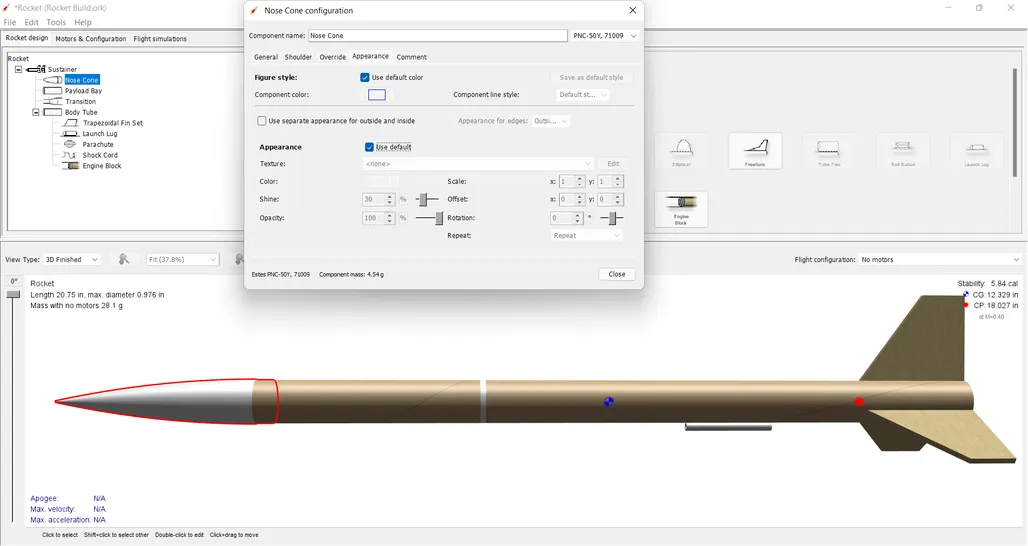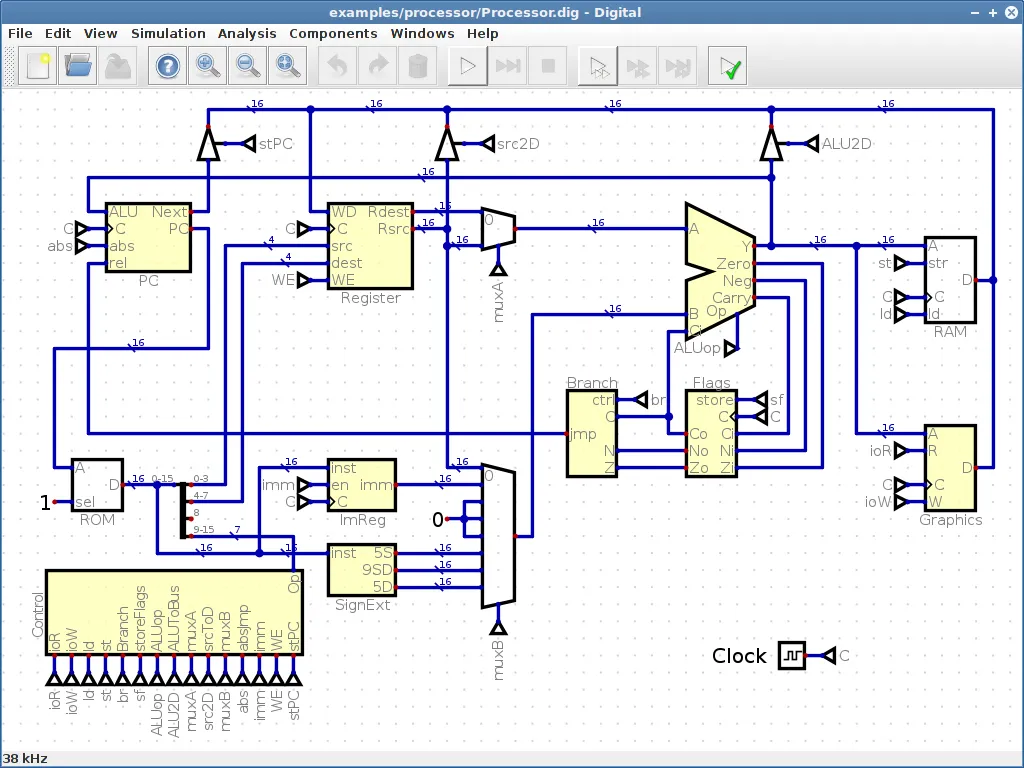Ubuntu vs. FreeBSD: Network Latency and Performance Comparison for Servers
When it comes to choosing an operating system for server deployment, network latency and performance are critical factors. Both Ubuntu, a popular Linux distribution, and FreeBSD, a Unix-like operating system, are known for their robustness and reliability. However, they have different architectures, kernels, and networking stacks, leading to differences in their network performance. This article delves into the network latency and performance of Ubuntu and FreeBSD to help you decide which one is better suited for your server needs.
Overview of Ubuntu and FreeBSD
Ubuntu:
- Based on Debian Linux.
- Uses the Linux kernel.
- Known for ease of use, extensive community support, and regular updates.
- Commonly used for both desktops and servers.
FreeBSD:
- Derived from the Berkeley Software Distribution (BSD).
- Uses the FreeBSD kernel.
- Known for its performance, advanced networking features, and robust security.
- Primarily used in server environments and for network appliances.
Network Stack and Performance
Ubuntu (Linux):
- The Linux kernel is optimized for a balance between performance and flexibility.
- Ubuntu’s network stack is highly modular, supporting a wide range of network protocols and features.
- The default networking tool is NetworkManager, which provides a user-friendly interface for network configuration.
- Linux kernel features such as TCP Congestion Control algorithms (like BBR) enhance network performance, especially in high-latency environments.
- Tuning parameters, such as
sysctlsettings for TCP window scaling and buffer sizes, can significantly improve performance. - High performance is achievable with proper tuning, but out-of-the-box performance can vary based on kernel versions and configurations.
FreeBSD:
- FreeBSD is renowned for its efficient and high-performance network stack.
- Uses the
pf(Packet Filter) for advanced network filtering, which is considered more robust and performant compared toiptableson Linux. - Includes advanced network features like the TCP/IP stack improvements and zero-copy sockets, which reduce CPU overhead.
- The default networking tool is
rc.conf, which offers straightforward yet powerful network configuration options. - FreeBSD’s network stack is designed with performance in mind, often delivering lower latency and higher throughput compared to default Linux settings.
- The operating system’s architecture, including the VFS and networking layers, is optimized for high-speed data transfers and low latency.
Network Latency Comparison
Network latency is critical in determining how quickly data is transferred across the network. Low latency is crucial for applications requiring real-time data exchange, such as online gaming, VoIP, and high-frequency trading.
Latency Tests:
- Ping Test: Measures the round-trip time for packets sent from the server to a destination and back.
- Throughput Test: Measures the rate at which data is successfully transferred from one host to another.
Ubuntu:
- Typically shows slightly higher latency out-of-the-box compared to FreeBSD due to the overhead of the modular and flexible network stack.
- Can achieve competitive latency with fine-tuning of the kernel and networking parameters.
- Tools like
iperfandnetperfare used to measure and optimize network performance.
FreeBSD:
- Generally exhibits lower latency and higher throughput in default configurations due to its streamlined and efficient network stack.
- Consistently outperforms Linux in high-performance network applications and scenarios.
- Uses built-in tools like
dummynetfor detailed network performance testing and optimization.
Performance Benchmarks
Performance benchmarks provide quantifiable data on how each OS handles network tasks under various conditions. Key metrics include data transfer rates, packet loss, and CPU usage during network operations.
Ubuntu:
- In multi-threaded network applications, Ubuntu performs well, leveraging the multi-core capabilities of modern CPUs.
- Performance can be optimized for specific use cases by adjusting the TCP/IP stack parameters and kernel settings.
FreeBSD:
- Excels in single-threaded network performance due to its efficient handling of network interrupts and processing.
- Shows superior performance in high-throughput, low-latency environments, making it ideal for heavy-duty networking tasks.
Conclusion: Which is Best?
Choosing between Ubuntu and FreeBSD for server network performance depends on your specific needs:
- Ubuntu:
- Best for users who need a user-friendly, highly customizable system with extensive software support.
- Ideal for general-purpose servers where ease of use and community support are significant factors.
- Requires tuning to match FreeBSD’s performance in high-performance networking scenarios.
- FreeBSD:
- Best for environments where network performance, low latency, and security are paramount.
- Ideal for high-performance network appliances, web servers, and services requiring consistent, low-latency communication.
- Out-of-the-box performance is generally superior in networking tasks compared to Ubuntu.
In conclusion, if network latency and performance are your primary concerns, FreeBSD typically offers better results. However, with proper tuning and configuration, Ubuntu can also deliver impressive performance. Your choice should be guided by the specific requirements of your server environment and the level of control and support you need.






Post Comment